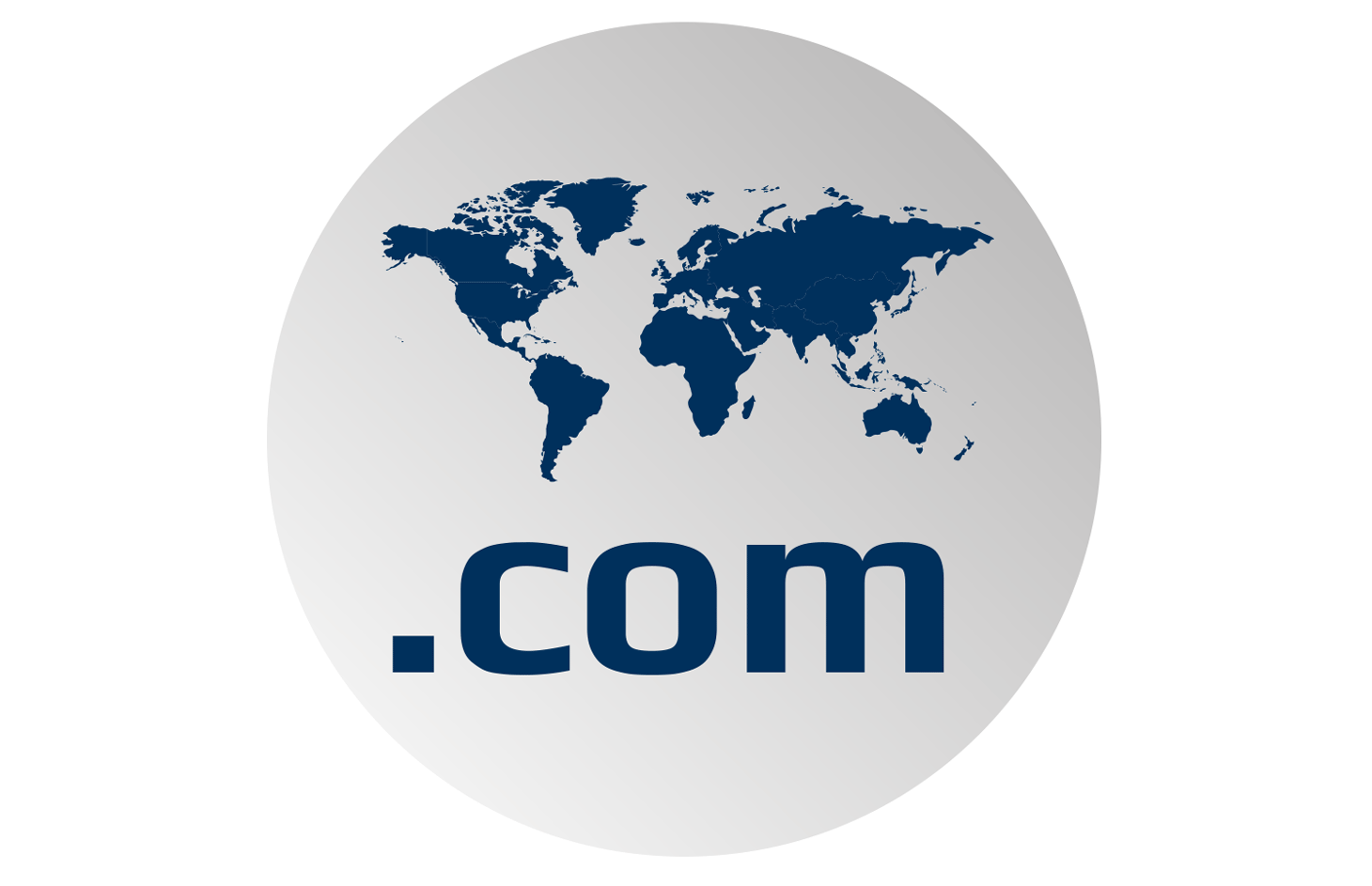A domain is a uniquely assigned path in the Internet with which an object is uniquely addressed. The rules for the assignment are regulated by the respective registry.
Domains can be crucial to the business success of companies in the online industry. For this reason, high amounts of millions have been paid over and over for the rights to a domain.

In the top 10 and also predominantly in the top 50, there are almost exclusively .com domains.
In most cases, the attractiveness of a domain is determined by the fact that users simply search for a topic and enter this as the address in the address bar.
The endings in the address line of a website are called top-level domains (TLD). The best-known endings are, for example, .com or .de. As of September 2014, the .com ending was by far the most widespread.
The TLD .tk stands for the island group Tokelau, which is part of New Zealand. So far, these domains can be registered free of charge; the operator, a private investor, uses them for advertising purposes until they become free again. A geographical reference does not exist.
The German ending .de is the most frequently used ending for country code TLDs, followed by .cn and .uk.
New top level domains have been introduced for several years. This process was prepared for almost a decade, in 2012 interested parties could apply for a new TLD at ICANN (Internet Corporation for Assigned Names and Numbers). The reason for this was that in the meantime many short domain names with the previously used endings were already taken.
Already in 2000 and 2004, new endings were introduced sporadically, such as .jobs. However, since the demand did not decrease, it was decided that now any ending that does not violate the principles of ICANN can be used. Thus, new top level domains such as .store or .berlin are now possible.